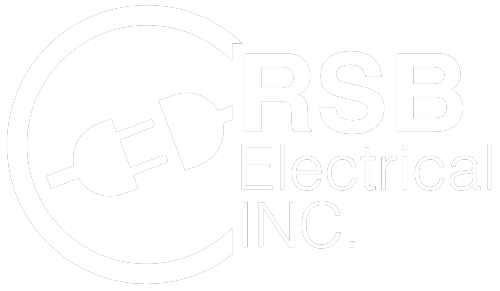Security Lighting For Your Home
Security lighting can be an excellent environmental crime deterrent. But, surprisingly enough, when a some schools turned off their security lights, vandalism went way down. This is important to the homeowner for two things; first, that vandalism most often occurs when vandals can actually see what they’re doing. Second, because when there is usually darkness, people notice if a light comes on, such as a motion-activated security light, and it alerts them that someone is there.
If it's lighter outside than inside, it's hard to see.
But is darkness the answer? That depends on a variety of situations. In order for security lighting to be effective, it can’t produce so much glare that a camera or person can’t actually see a crime situation. Bright, unshielded floodlights lure people into a false sense of security. In addition, they help criminals see, and discourages others from looking into the bright lights to see if anything is amiss.
So, design is important. Experts generally recommend .05 watts per square foot. In addition photocell passive infrared sensors (PIR) are recommended. These sensors do not give off energy (they are passive) but detect the energy given off by living objects.
Security lights can be LED, solar powered, dusk to dawn (photocell), and motion sensored. Motion sensor lights have the advantage in that, in the PIR detects energy (a person), the light will come on. Sudden lighting creates a spotlight on the person who came into the sensor field, which may or may not activate a camera and/or alarm. In other types of settings, it may be advantageous to have strategically placed low level lights, which create visibility without being overwhelming.
Sometimes, an older system just needs an upgrade.
Conditions differ depending on the neighborhood and the amount of traffic, as well as the layout of the property and surrounding elements. When you decide on security lighting, you then need to determine if it’s best to go with battery powered, hard wired, low voltage, line voltage, solar, or plug-in.
But, don’t just think of security lighting as one more layer in your security system. The reason is because security lighting isn’t just about security. Lighting provides ambience, dusk-to dawn safety, and tremendous cost savings over the long term if LED lights are used.
Your objectives need to be kept in mind, whether you want to enhance the night view of your property, provide patio lighting for barbeques, or highlight certain elements of your home. At the same time, you also need to keep in mind the downside of security lighting; you want to have a lighting system, but without having it pointing at, or annoying, your neighbors or violating your HOA.
Security lighting comes in a wide variety of great finishes and styles. These can be chosen to match the color and style of the home. They can be integrated into a Smart Home to work in tandem with cameras, so the homeowner is not only warned when an intruder approaches, but has a visible image of the person and a photograph.
Sometimes existing security lighting doesn’t need to be replaced. Updating or upgrading existing fixtures, possibly switching to LED bulbs or adding smart components can make an older system more economical, more functional, and ultimately quite suitable.
Sometimes, an older system just needs an upgrade.
Whether you’re looking for a new system or looking to upgrade or alter your existing system, A good electrician who has experience with security lighting can help you with the planning--both placement and power--so you can get maximum value from your home security lighting.
RSB Electrical offers electrical appliance wiring, porch light installation, chandelier installation, and smoke detector installation services in Mesa, AZ. We also specialize in outdoor lighting installation, electrical retrofitting, and new home wiring. Call 480-485-4284 for more information.



